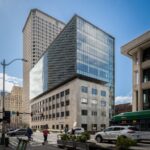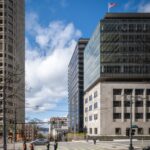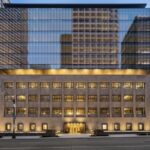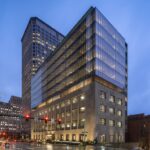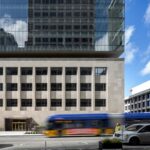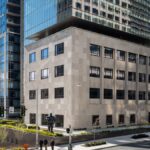Modernizing Seattle’s Federal Reserve Bank Building: A Balance of History and Innovation
Seattle’s Federal Reserve Bank building, constructed in 1913, stands as a testament to the city’s historical legacy amidst its progressive culture. When property developer Martin Selig acquired the building in 2014, the challenge arose to modernize it while preserving its rich historical significance. Perkins&Will’s Seattle studio was tasked with this delicate mission, aiming to revitalize the iconic structure with a contemporary addition and upgraded amenities, all while respecting its landmark status.
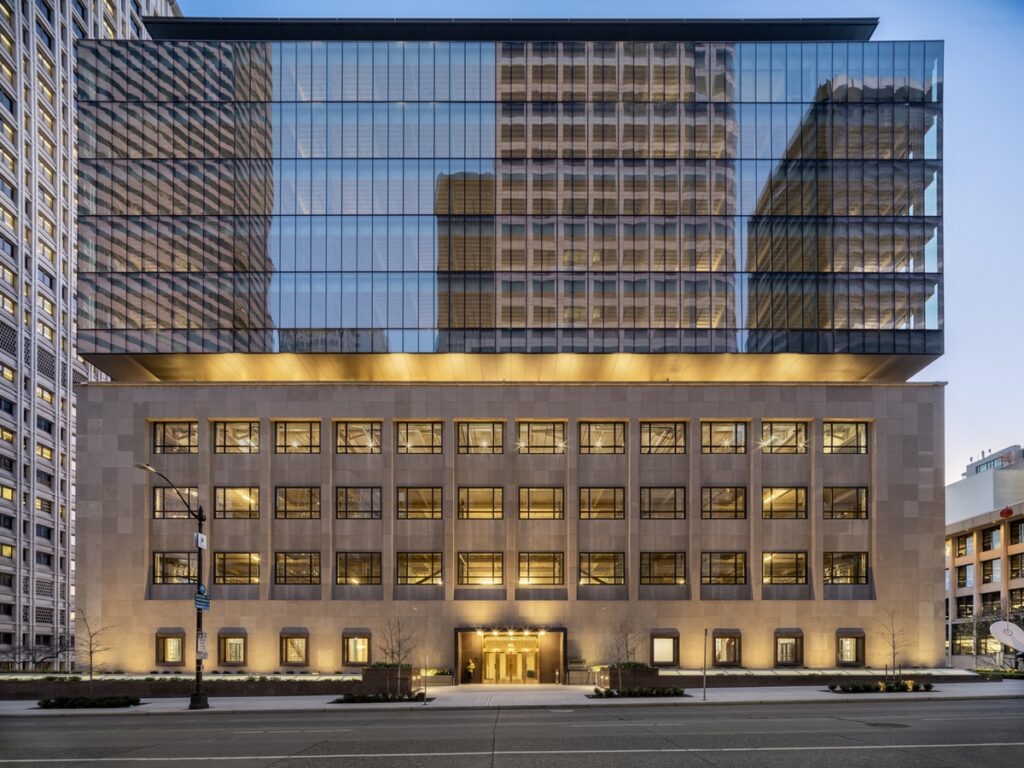
Sensitivity to History and Innovation
The project required a careful balance between meeting federal and state regulations while integrating modern design elements. Perkins&Will’s design included a striking glass addition that seamlessly blends with the existing historic building, creating a visually captivating contrast. Erik Mott, Design Co-Director of Perkins&Will’s Seattle studio, highlights the building’s commanding presence, particularly noting the eye-catching cantilevered relief between old and new.
Preserving Historical Integrity
To ensure the building’s longevity, Selig meticulously updated the original footprint while preserving its historical essence. Salvaging stone and brass finishes from the original renovation, along with refurbishing and widening existing elevators, paid homage to the building’s heritage. Additionally, Seattle’s commitment to preservation inspired efforts to integrate modern resilience and sustainability solutions, such as meeting earthquake safety codes and quantifying carbon footprint reduction through material repurposing.

Sustainable Design Solutions
Perkins&Will’s approach focused on minimizing environmental impact by repurposing original materials wherever feasible. A life-cycle analysis conducted post-construction revealed significant reductions in the building’s global warming contribution compared to similar projects, showcasing the effectiveness of preserving existing materials.
Integration of Modern Elements
The new glass addition, mirroring the original structure’s dimensions, serves as a contemporary layer atop the historic building. Its design facilitates various uses, including tenant terraces and a roof deck, enhancing connectivity with the city while maintaining architectural continuity.
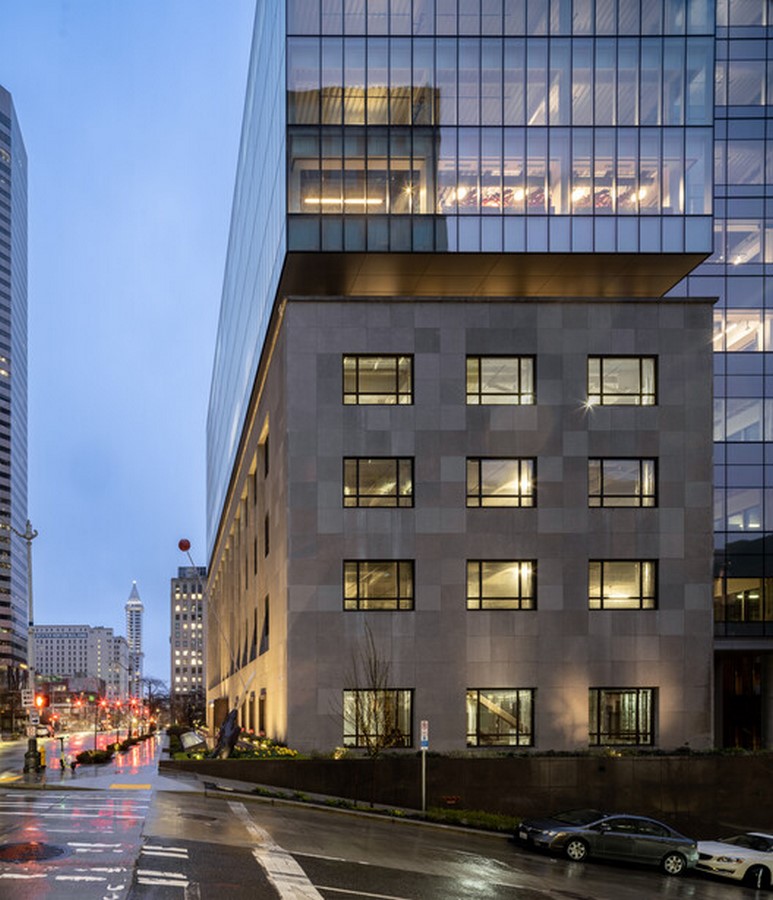
Conclusion
The modernization of Seattle’s Federal Reserve Bank building represents a successful fusion of historical preservation and contemporary innovation. Through meticulous restoration efforts, integration of sustainable design solutions, and thoughtful incorporation of modern elements, Perkins&Will and Martin Selig achieved a harmonious balance, ensuring the building’s continued relevance and functionality for generations to come.



